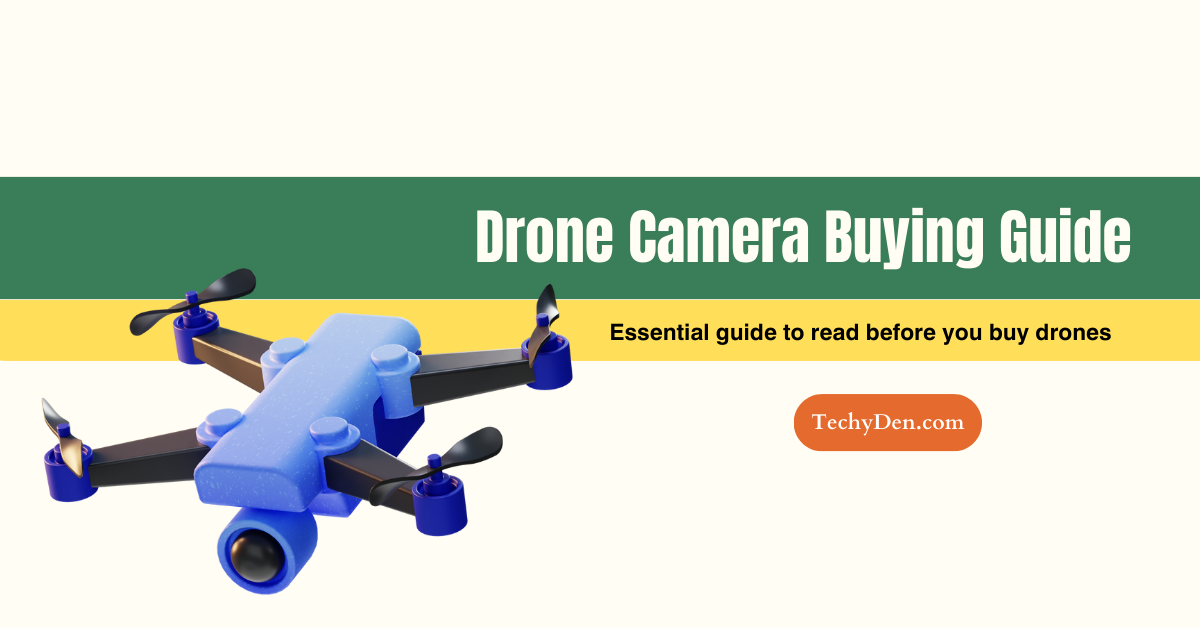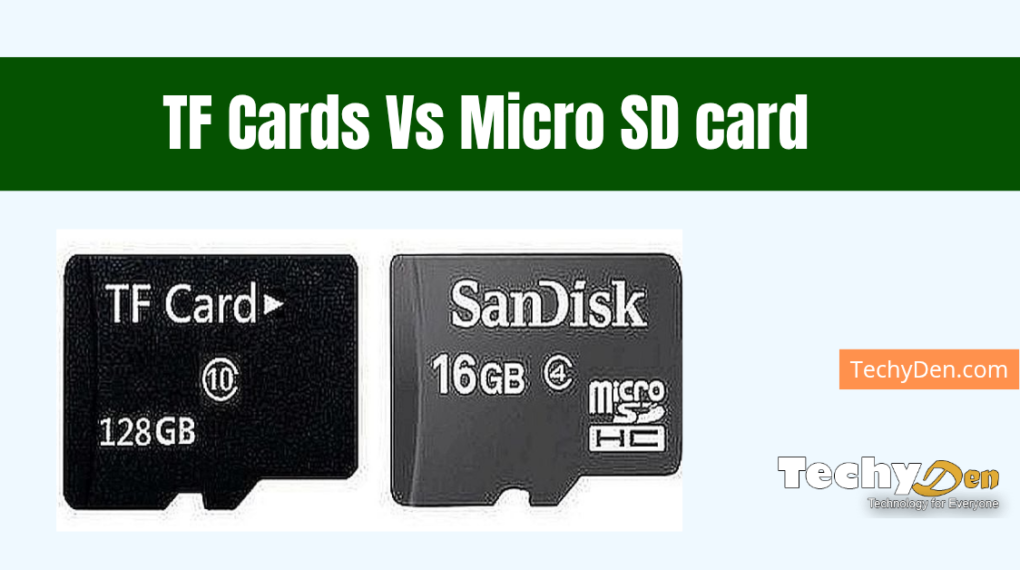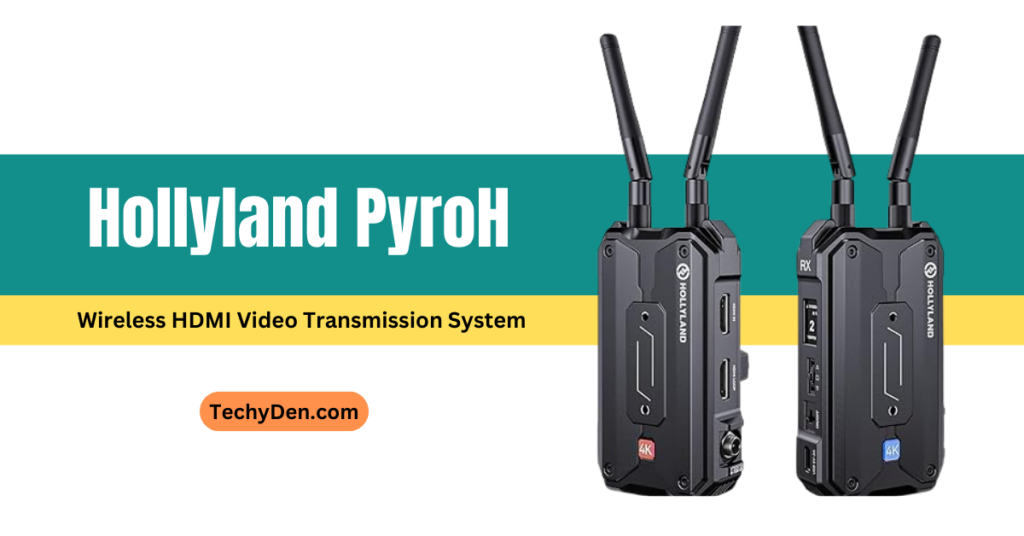In this digital age, aerial photography and videography have become increasingly popular, thanks to the advent of drone technology. Drones equipped with high-quality cameras are now accessible to professionals and enthusiasts, opening up opportunities for capturing breathtaking aerial footage and images.
However, with the vast array of available options, choosing the right drone camera can take time and effort. This comprehensive drone camera buying guide is designed to help you navigate the sea of choices and find the perfect drone camera that meets your needs and budget.
Drone Camera Buying Guide for 2025
Drone Camera Specifications
Before delving into the nitty-gritty of drone camera selection, you must familiarize yourself with some key specifications and features that will impact your buying decision.
a. Camera Sensor Size and Resolution
The camera sensor size and resolution are crucial factors in determining the image quality and detail captured by your drone. Generally, larger sensors (e.g., 1-inch or Micro Four Thirds) produce better image quality, better low-light performance, and higher dynamic range than smaller sensors (e.g., 1/2.3-inch).
Similarly, higher resolution sensors (e.g., 20MP or higher) allow for more detailed images and the ability to crop and enlarge without significant quality loss.
b. Lens Quality and Focal Length
The quality of the lens plays a significant role in determining its sharpness, clarity, and overall image quality. Look for drones with high-quality prime lenses or zoom lenses with a wide aperture range (e.g., f/2.8–f/4) for better low-light performance and depth-of-field control.
Additionally, consider the focal length range, as wider angles (e.g., 24mm) are better suited for landscape photography. In contrast, longer focal lengths (e.g., 70mm or higher) are ideal for capturing subjects from a distance.
c. Gimbal Stabilization
A gimbal is a crucial component that stabilizes the camera during flight, ensuring smooth and steady footage even in windy conditions.
Look for drones with 3-axis or higher gimbal stabilization, as they provide superior stabilization and reduce the need for post-production stabilization.
d. Video Resolution and Frame Rates
If videography is your primary focus, consider drones that offer high video resolutions (e.g., 4K, 6K) and high frame rates (e.g., 60fps, 120fps).
Higher resolutions and frame rates result in smoother, more detailed, and cinematic-quality footage, essential for professional-grade videography.
e. Battery Life and Flight Time
Battery life and flight time are critical factors to consider, as they determine how long you can stay airborne and capture footage or images.
Look for drones with extended battery life (e.g., 25–30 minutes or more) and consider purchasing additional batteries to extend your flight sessions.
Popular Drone Camera Brands and Models
Now that you’re familiar with the key specifications let’s explore some of the popular drone camera brands and models on the market.
1. DJI
DJI is a leading manufacturer of drones and aerial cameras, known for its innovative products and cutting-edge technology.
- DJI Mavic 4 Pro: Building on the success of the Mavic 3, the Mavic 4 Pro is rumoured to feature a larger 1-inch image sensor, 8K video recording capabilities, and a significantly improved flight time of up to 45 minutes.
- DJI Avata Pro: Designed for the growing FPV (First-Person View) drone market, the Avata Pro promises to deliver an immersive and exhilarating flight experience with its high-quality camera, advanced obstacle avoidance, and seamless integration with DJI’s FPV goggles.
2. Autel Robotics
Autel Robotics has been making waves in the drone camera market, and its 2025 lineup is expected to challenge the industry leaders:
- Autel EVO II Pro+: An upgrade to the popular EVO II Pro, the EVO II Pro+ is rumoured to feature a larger 1-inch image sensor, improved low-light performance, and enhanced obstacle avoidance capabilities.
- Autel EVO Max: Designed for professional aerial photography and videography, the EVO Max is expected to offer a high-resolution, full-frame sensor, interchangeable lens support, and advanced video features like ProRes RAW recording.
3. Skydio
Skydio’s advanced obstacle avoidance and tracking technology have made their drones popular among action enthusiasts and professionals. In 2025, they’re expected to release:
- Skydio 3: The successor to the Skydio 2+, the Skydio 3 is rumoured to feature a larger image sensor, improved image quality, and even more advanced AI-powered subject tracking and obstacle avoidance capabilities.
- Skydio X3: Building on the success of the Skydio X2, the X3 is expected to cater to the enterprise and commercial market with features like thermal imaging, improved flight time, and advanced inspection and mapping capabilities.
5. Sony
Sony, known for its impressive camera technology, is rumoured to be entering the drone camera market in 2025 with:
- Sony Airpeak Pro: Leveraging Sony’s expertise in digital imaging, the Airpeak Pro is expected to offer a high-end camera system with a full-frame sensor, advanced video features, and seamless integration with Sony’s professional camera lineup.
6. Parrot
Parrot has been a pioneer in the consumer drone market, and their 2025 lineup is expected to cater to both enthusiasts and professionals:
- Parrot Anafi Pro: An upgraded version of the popular Anafi, the Anafi Pro is rumoured to feature a larger image sensor, improved video capabilities, and enhanced flight time.
- Parrot Bluegrass: Targeting professional aerial cinematographers, Bluegrass is expected to offer a high-end camera system with interchangeable lens support, advanced video features, and a robust, weather-resistant design.
As the drone camera market continues to evolve rapidly, these brands and models are poised to push the boundaries of what’s possible in aerial imaging. With improved image and video quality, longer flight times, and cutting-edge features, the future of drone photography and videography looks brighter than ever.
Choosing the Right Drone Camera for Your Needs
With many options available, you must consider your specific needs and use cases to determine the most suitable drone camera. Here are some factors to consider:
a. Photography vs. Videography
If you’re primarily interested in aerial photography, prioritize drones with larger image sensors, higher megapixel counts, and advanced photographic features like RAW image capture and manual exposure controls.
On the other hand, if videography is your primary focus, look for drones with high video resolutions, high frame rates, and advanced gimbal stabilization.
b. Professional vs. Casual Use
Professional photographers, videographers, and cinematographers may require more advanced and feature-rich drone cameras with top-of-the-line image and video capabilities, as well as robust build quality and weather resistance.
Casual users or enthusiasts may prioritize ease of use, portability, and affordability over professional-grade features.
c. Budget Considerations
Drone cameras can range from entry-level models costing a few hundred dollars to professional-grade drones costing several thousand dollars. Determine your budget and prioritize the most important features within your budget range.
d. Portability and Ease of Use
If you plan to travel frequently or hike to remote locations, consider lightweight and compact drones that are easy to transport and operate. Look for drones with folding designs, intelligent flight modes, and user-friendly controls.
e. Regulatory Compliance
Ensure that the drone camera you choose complies with local and regional regulations regarding drone usage. Some countries or regions may have specific weight, size, or registration requirements for drones, so it’s essential to research and comply with applicable laws.
Frequently Asked Questions (FAQs) on Drone Camera buying guide
What is the best drone camera for beginners?
For beginners, entry-level drones like the DJI Mini 2 or the Autel EVO Nano+ should be considered. These drones offer decent camera capabilities, intelligent flight modes, and a user-friendly experience, making them ideal for those new to drone photography and videography.
How vital is gimbal stabilization for drone cameras?
Gimbal stabilization is crucial for capturing smooth and steady footage, especially when filming in motion or windy conditions. A high-quality 3-axis or higher gimbal stabilization system can significantly improve the quality of your aerial videos and reduce the need for post-production stabilization.
What is the difference between a fixed-lens and an interchangeable-lens camera system for drones?
Most consumer and prosumer drones come with fixed-lens camera systems, where the lens is permanently attached to the camera sensor. These systems are generally more compact, lightweight, and easier to use. On the other hand, interchangeable-lens camera systems allow you to swap out lenses based on your shooting requirements, providing greater flexibility and creative control. However, interchangeable-lens systems are typically found on higher-end, professional-grade drones and can be more expensive and complex.
How long does a typical drone camera battery last?
Battery life can vary significantly depending on the drone model, payload, and flying conditions. Generally, most consumer and prosumer drones offer flight times ranging from 20 to 40 minutes on a single battery charge. Carrying spare batteries is always good, especially for longer shooting sessions or travelling to remote locations.
What are the legal requirements for flying a drone with a camera?
Legal requirements for flying drones with cameras can vary widely depending on your location and intended use. In most countries, you must register your drone if it weighs above a certain threshold (e.g., 250 grams in the US and Canada) and obtain any necessary licenses or permits. Additionally, flying in certain areas, such as near airports or overpopulated regions, may be restricted. Researching and complying with local drone regulations is crucial to avoid legal issues and ensure safe operations.
Final words on Drone Camera buying guide
Choosing the right drone camera can be a daunting task. Still, with the proper knowledge and understanding of your specific needs, you can make an informed decision that will unlock a world of creative possibilities.
Remember to consider factors such as camera sensor size, lens quality, gimbal stabilization, video resolution, battery life, and your intended use case.
Whether you’re a professional photographer or videographer or simply an enthusiast looking to capture stunning aerial footage, this drone camera buying guide will help you navigate the vast array of options and find the perfect aerial imaging solution.





